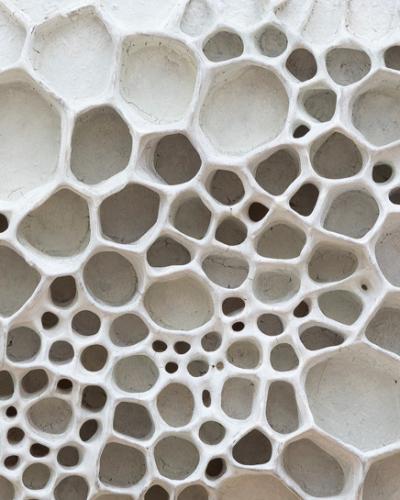The Society for the Humanities at Cornell University seeks interdisciplinary research projects for year-long residencies that reflect on the theme of Silence.
In the year of silence, we want to attend to what is not there: the absences, the elisions in our sources, our stories, our histories. Silence can assume many forms and valences. As an epistemological lacuna, silence circumscribes the pages and voices excluded from the archives used to define a society, culture, tradition, or canon. Other times, ‘silence’ has always been speaking: it is not a lost episteme, but a voice that hasn’t been listened to, hasn’t been considered vital, that has been ‘silenced’ and now needs to enter – and alter – the official record.
Silence thus can serve as a rallying cry and warning, something to heed and listen to. From the AIDS activist slogan “Silence = Death” to the more recent “silence is violence” or “silence is not an option,” keeping silent is revealed as complicity. Because of its power, silence often functions as a strategy and component of artistic expression: the pauses in a piece of music, the ‘off-stage’ in drama, the word or phrase elided in a literary text or poem, the repressed of the unconscious that only appears in distorted and displaced forms. In art, silence both punctures and gives shape to the work; it is the frame around which expression takes form.
Methodologically, the guiding scholarly question regarding silence is: How does one work with and on a silenced archive, the unarticulated in an artwork, a lost or destroyed document? The means are often speculative, creative, experimental – a conjuring of voices from the data available, the tracing of lines that can be faintly read. Which raises the further questions: What are the ethics of giving voice to the voiceless? How does one faithfully begin to fill in the silences in our histories and stories? And who decides whose story is told, and how?
The Society for the Humanities invites applications from scholars and artists who are interested in participating in a productive, critical dialogue concerning the topic of Silence from a variety of disciplinary perspectives.
Image: Mary Bauermeister, Untitled (Wabenbild), 1959, courtesy of Galerie Knoell and the Mary Bauermeister Art Estate, VG Bild-Kunst. Photo by Madita Bachhofer (detail).

